The requirements for the level of thermal insulation have increased significantly over the past decades. As well as the price of energy. Therefore, today it is difficult to find a private house without additional insulation. Our advice site decided to figure out whether it is worth using multi-layer insulation or one layer is enough.
As the construction practice of recent years shows, most owners insulate their houses from the outside. This allows you not to lose useful space inside the building, and also protects the supporting structures from the cold. At the same time, the most popular material for insulating private houses is mineral, stone wool. It is used in ventilated facade systems, as well as in ceilings and roofs.
There are many reasons for the popularity of mineral wool:
- Does not burn, withstanding temperatures up to +1000? С;
- Long lasting;
- Environmentally friendly;
- Possesses good performance not only of thermal insulation, but also of protection of premises from noise.
The portal has already written about the characteristics, types and advantages of mineral wool. The only question is whether it is worth using several layers of stone wool or is it more expedient to dwell on one.
On average, a layer of mineral wool from 100 to 150 millimeters is used to insulate the facade from the outside, for wall cladding structures. To reliably insulate the roof, sometimes the thickness of the pie is increased to 300 millimeters, but this is more an exception than a rule.
Quite often, to achieve the specified thickness of the insulation, two to three or four layers of mineral wool 50 millimeters thick are used. Yes, experts recognize this method as quite effective. However, the costs of arranging a common pie increase significantly..
For any number of layers, you need horizontal and vertical guides, a counter lattice. As a result, there are much more components, all work takes more time..
Often, the owners explain the use of several layers of insulation simply: “Everyone does it, proven technology.” Or they fear the appearance of cold bridges, because two or three layers will overlap each other and this option seems more reliable.
Meanwhile, according to research by NIIMosstroy specialists, a decrease in the number of insulation layers does not affect the thermal insulation performance of buildings. In particular, if you use one layer of mineral wool 100 mm thick instead of two layers of 50 mm each, the thermal insulation will not get worse..
Experts conducted an experiment, studying the walls of houses, insulated in one and three layers of mineral wool slabs in three ways:
- No gaps when the joints of the mineral wool slabs were covered with the next layer;
- With a 2 mm gap;
- With a clearance of 5 millimeters.
It turned out that:
- Thermal insulation in three layers and in one with equal installation quality indicators turned out to be equally effective;
- A gap of 2 millimeters is permissible, it practically did not affect the quality of the thermal insulation of houses;
- But the gap of 5 millimeters significantly reduced the quality of thermal insulation of buildings. Moreover, both in the case of multi-layer and single-layer insulation.
The experts made the following conclusions:
- If there are serious problems with the quality of installation, the gaps are more than 2 millimeters, then the presence of an additional layer of insulation will not save the situation;
- Plates with a thickness of 100 mm or more keep their shape much better, and are less susceptible to deflection. Therefore, it is more advisable to use them on inclined and vertical surfaces;
- If there is only one layer, it is easier to identify the defects made during the installation of the cake;
- Protection from cold bridges by laying several layers of insulation does not work in practice. The main thing is to carry out high-quality installation and lay the plates with minimum gaps of up to 2 millimeters..
There are many advantages of laying insulation in one layer, provided that the thickness of the plates is increased. First of all, the cost of components and the time of work are reduced. In addition, there is much less scrap material, which also leads to savings. As a result, single-layer insulation with mineral wool with a thickness of 100 mm or more is cheaper, despite the fact that the thicker the slabs, the higher their cost. And the installation process is simpler, easier to control.
Experts assure that multi-layer insulation with mineral wool will gradually become a thing of the past, because one layer of the same thickness has the same thermal insulation effect, and the work process is greatly simplified..
Single-layer or multi-layer home insulation: which is better
If you're planning to insulate your home, you'll have to choose between single-layer and multi-layer insulation. Single-layer insulation offers some advantages, such as fewer materials, easy installation, and low up-front costs. However, multi-layer insulation offers significantly greater energy efficiency for longer periods of time. Multi-layer insulation comes with an outer layer of insulation board, a gap filler which allows for greater even heat distribution, and a metal cladding layer for higher durability. Thus, multi-layer insulation can save you more in energy costs over the long run, making it the most cost-effective option.
Construction Materials

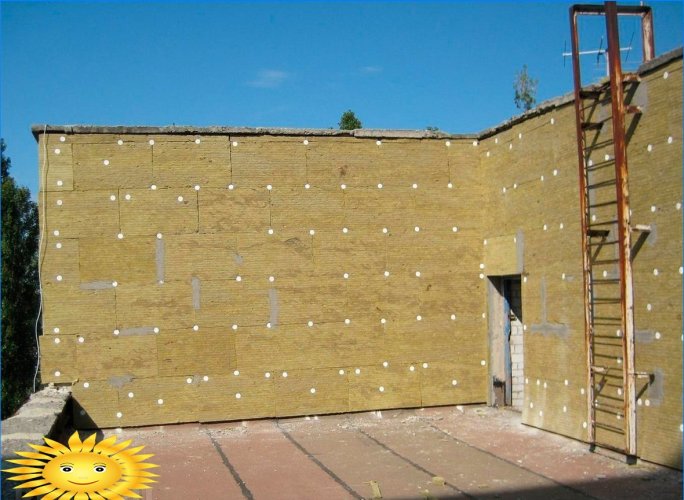
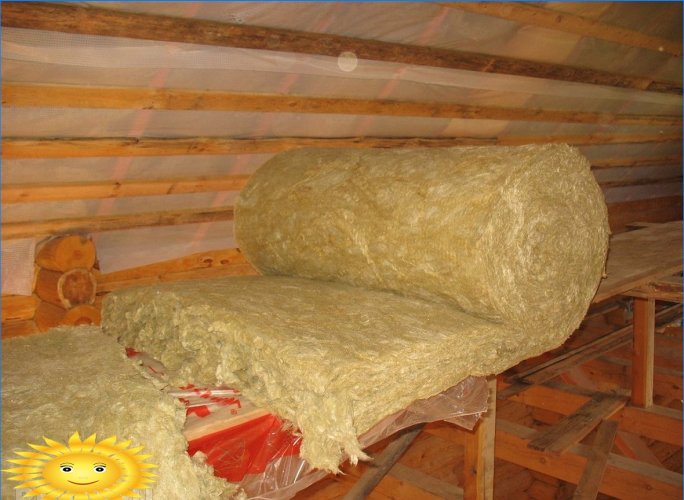
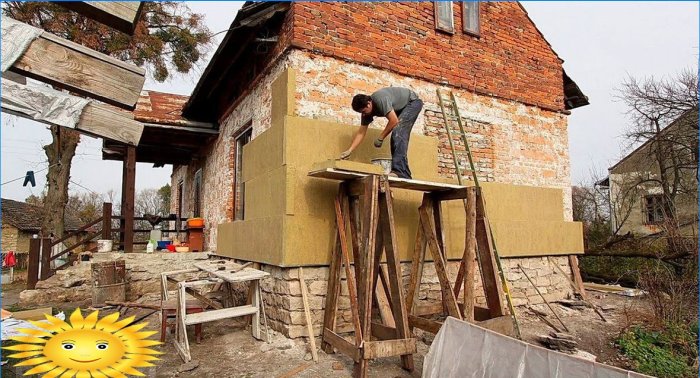
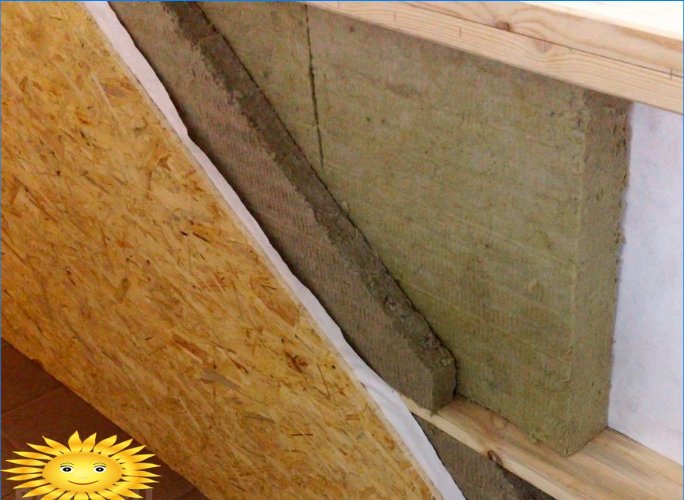
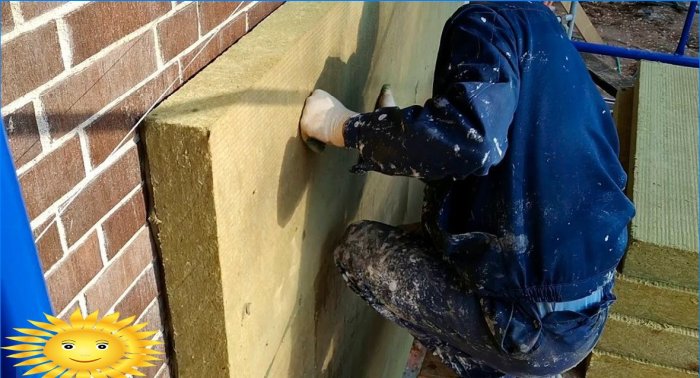
Hey there! I’m curious to know your thoughts on home insulation. Do you think single-layer insulation is more effective than multi-layer insulation, or do you believe the opposite? What factors would you consider when choosing between these options? I’m eager to hear your insights and opinions on this!
Which type of insulation is more effective for homes: single-layer or multi-layer? I’d love to hear your thoughts and experiences with either option. Are there any notable advantages or disadvantages to consider? Any decision-making factors to keep in mind for homeowners looking to insulate their homes efficiently and cost-effectively? Your insights would be greatly appreciated!